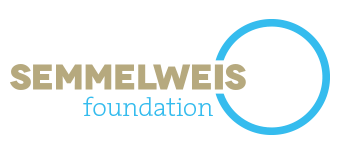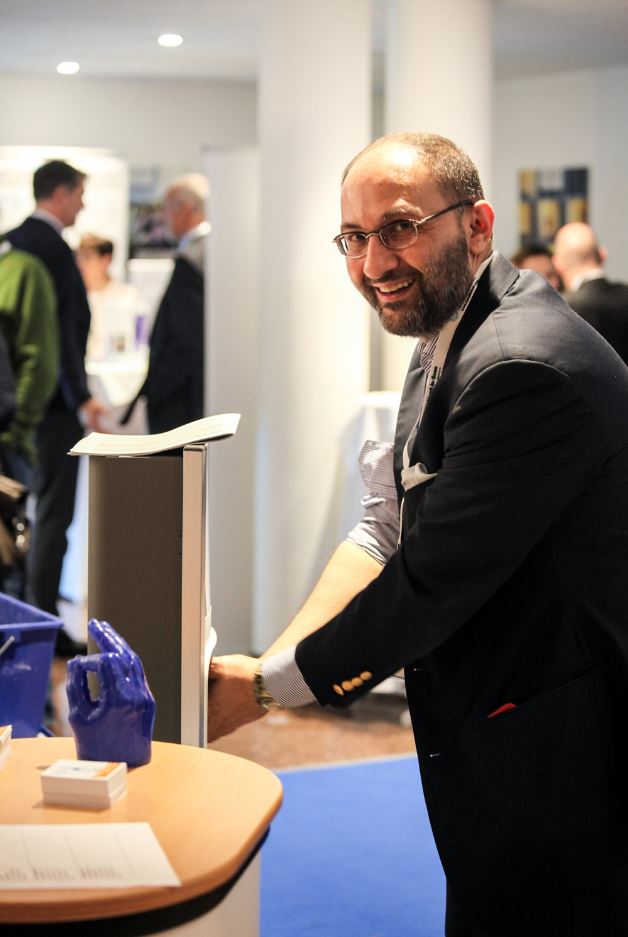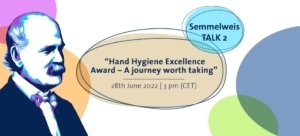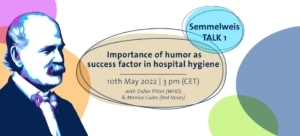Healthcare germs are posing an ever-increasing hazard. Measures to control and prevent their transmission to patients are primarily concentrated on the medical staff today. However, the idea of involving the patient into preventive safety activities such as adhering to certain rules is increasing. “Regretfully, the matter is more complex than assumed”, says Ojan Assadian, President of the Austrian Society for Infection Control (ASIC) and Medical Director of the Hospital Neunkirchen. For example, let us focus on the much-quoted phrase “Doctor, have you washed your hands?”. Apart from the fact that the word “washed” is frequently used incorrectly instead of the correct term “disinfected”, Assadian is critical towards this question. For a person educated in clinical microbiology, the correct question would be: “Did you treat your hands adequately before touching me?”, because the concept of hand hygiene goes far beyond washing or disinfecting: Hand hygiene does not only centre around alcohol based hand rubs with high antimicrobial efficacy, but it also depends on the microbiological knowledge on transmission pathways and the circumstances.
“And I would go even further”, says Ojan Assadian: Not all measures have to be carried out with hands. For example, wound dressings can be removed by using forceps and tweezers, intravenous administration of medical drugs often can be replaced by oral route, and very often only looking at a patient and asking about their troubles will yield the required information without the requirement of touching bodily sites. “Unfortunately, these principles are often overlooked. This example shows how difficult and confusing the whole matter is. Well informed patients could ask: ‘Doctor, is there any alternative to the infusion?’ But recommending questions like this assume that the patient is able to understand complex medical and pharmacological contexts. Yet, most patients are not able to do so for various and obvious reasons.”
These are some of the reasons why the preparation of appropriate information material for patients is complicated or absent. Hospital managers are facing the dilemma: “What easy-to-follow measures can we recommend in order to generate no misunderstandings?”
The German initiative “AHOI – patient on boat” is currently one of the most active initiatives dealing with this issue on practical and scientific grounds. The aim of the AHOI project is to explore the potential of active patient participation and to develop solutions to utilise this potential.
“But there are some simple behaviours that can be recommended to patients”, says Ojan Assadian: Performing hand antisepsis, especially for patients with diarrhoea, shall be recommended. Also, it may be easy for patients with diarrhoea to follow the recommendation to disinfect the toilet seat and the close fittings after the bowel movement.
Also, surgical patients can protect themselves by not lifting their wound bandage, which happens sometimes due to curiosity, especially during visits of relatives.
“Unfortunately, we have no figures or data on patient behaviour and the impact of information brochures”, says Assadian. Efforts towards this direction would be important in order to learn more about this additional valuable key-player in infection prevention.
Find further information here:
WHO – Hand Hygiene Promotion in Health Care – Tips for Patients
Plattform Patientensicherheit (Platform Patient Safety): Was Patientinnen und Patienten selbst tun können – 6 Beiträge zur Patientensicherheit




